First, it must be enabled (it’s off by default). Then a shared key must be generated and used to get the devices talking to each other, after which a layout can be arranged. There are all kinds of controls that come into play: a dozen for behavior, five keyboard shortcuts, and a smattering of advanced settings and troubleshooting tools. Figure 11 shows two of my laptops (P16 and X380, from left to right) set up to permit the cursor to track between them.
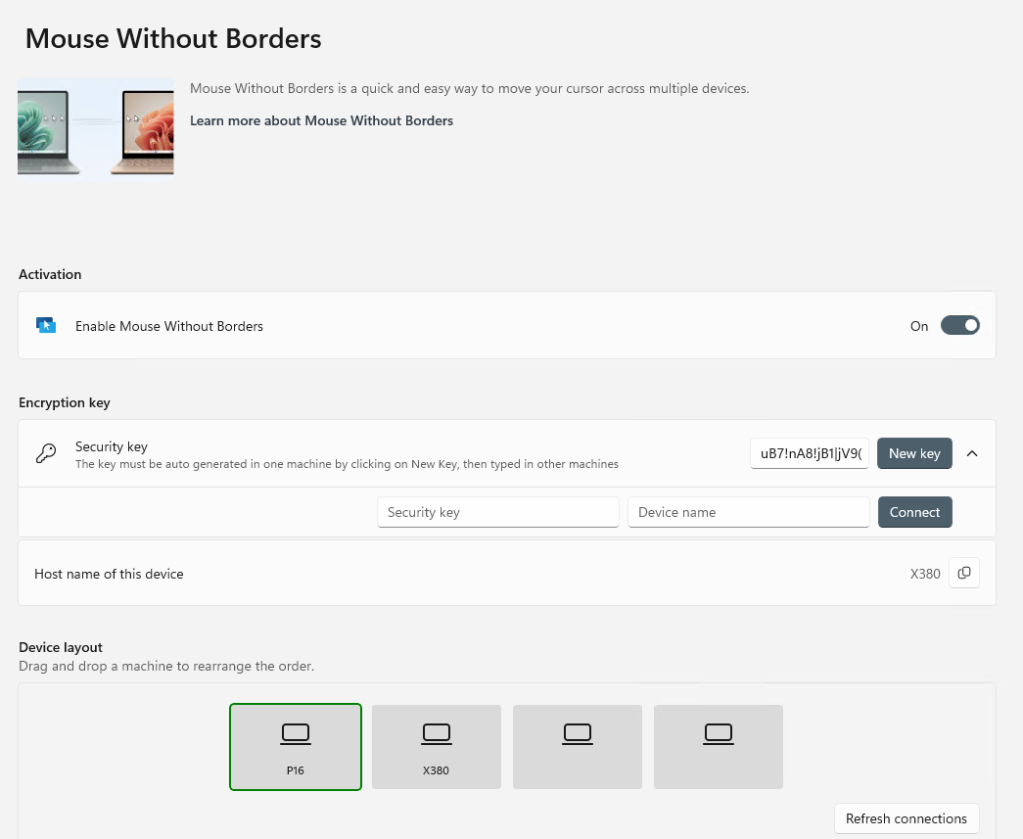
Figure 11: MWB lets you arrange systems (two laptops in this case) in line to track the cursor across them.
Ed Tittel / Foundry
New+: Lets you create files and folders from your own personalized template set. You can use it to set up text, Office, and other files with predefined info. For instance, you could create a file with the address block, date placeholder, and recipient placeholder for a business letter; another with layouts and column heads for invoice spreadsheets; and others for commonly needed files for everyday use. The New+ settings let you change the default template location and hide filename extensions and starting characters.
Peek: Another File Explorer extension that provides quick, transient access to file previews. Highlight a file, press Ctrl + spacebar, and a preview window opens. This works especially well for screencaps; as demonstrated in Figure 12, it’s easy to see details captured in a screenshot without actually opening the image file. (Notice the Peek icon up top, a magnifying glass on a file folder.) Peek has very simple controls, too.
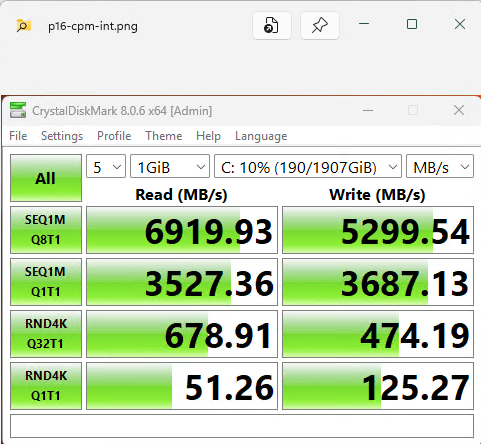
Figure 12: Highlight a file, press Ctrl + spacebar, and get the preview.
Ed Tittel / Foundry
PowerRename: Provides a context menu entry (Windows Shell extension) for advanced bulk file renaming in File Explorer using search and replace or regular expression syntax (regex). Regex is an extremely powerful technique, and it’s a good idea to have some knowledge of how it works before you use PowerRename to mess around with real, live files on your PC. Microsoft Learn has a nice regex tutorial for Visual Studio that covers the basics of characters, operators, constructs, and patterns.
Figure 13 shows me renaming some of the image files for this very story: it’s a useful tool.
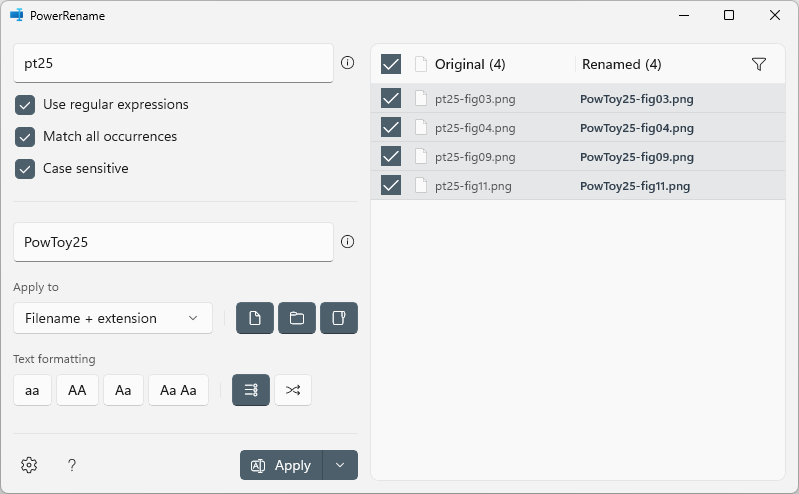
Figure 13: I highlighted four filenames and Shift-clicked to open this PowerRename window. It’s set up to replace “pt25” with “PowToy25.”
Ed Tittel / Foundry
PowerToys Run: A quick pop-up launcher that works like the Run command window. Shortcut key combo: Alt + spacebar. Note that these keys are adjacent on US QWERTY keyboards for super-quick access and use. It’s faster and easier to access than the Run box, and its search function is likewise lightning fast. Click any item in the search results to launch and go.
Figure 14 shows a generic PowerToys Run box that puts its capabilities on display: run executables; calculate simple equations; search previous inputs, files, folders and programs; and navigate the Registry. The better you know it, the better you’ll like it!
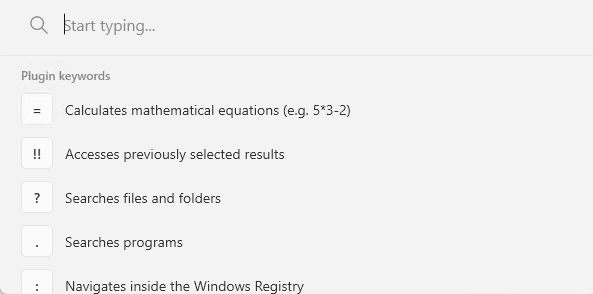
Figure 14: Press Alt + spacebar to get this nifty box offering a variety of instant actions.
Ed Tittel / Foundry
Quick Accent: Longtime windows users know they can use all kinds of Esc and Alt key combos to emit odd and interesting characters from Windows keyboards. Quick Accent provides another way to access accents, fractions, diacritical marks, and other characters using a more visual approach.
As you can see in Figure 15, holding down the 1 key and hitting the left arrow puts lots of 1s down before the accent bar pops up above, with various sub- and superscript options plus fractions with a 1 numerator. Interesting!
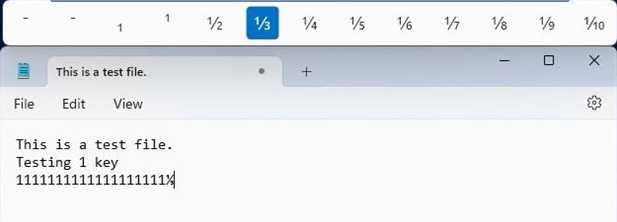
Figure 15: The Quick Accent bar appears above the Notepad window: that’s where you pick the character you want.
Ed Tittel / Foundry
This one takes some playing with to get used to but can then be quite handy. When you don’t need the Quick Accent toolbar anymore, you must disable this PowerToy to make it vanish.
Registry Preview: Provides a clean, simple look at the contents of any Windows Registry file. You can launch this app from PowerToys Settings > Registry Preview, or else hold down the Shift key when you click on a .reg file in File Explorer, then select Preview from the resulting pop-up menu. Those who occasionally (or regularly) work on the Registry directly will find this a pleasant, lightweight alternative to RegEdit.exe.
Screen Ruler: Provides a simple, visual way to measure pixels on a Windows display. It also includes horizontal and vertical measurement capability; offers continuous measuring; and provides color, color edge, and edge detection controls (see PowerToys Settings > Screen Ruler for all the details). Its shortcut key combo is Win key + Shift + M.
Figure 16 shows the ruler at work, showing the pixel count between two desktop background elements. As with Quick Accent, you must disable Screen Ruler to turn off the top center ruler toolbar when you don’t wish to see or use it.
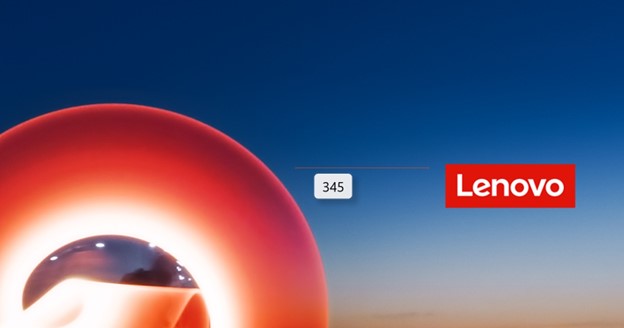
Figure 16: A faint red line labeled “345” shows the distance in pixels from the circle to the logo.
Ed Tittel / Foundry
Shortcut Guide: A context-sensitive listing of keyboard shortcuts that shows up in Windows 10 or 11 when shortcut key combo Win key + Shift + / (right-slash) is pressed. If opened on the desktop (as in Figure 17), it shows Windows shortcuts. Opened inside any application, it shows that app’s shortcuts instead. Hit Esc to close the guide. One of my personal favorites, this tool helps me remember more shortcuts than my poor brain can hold.
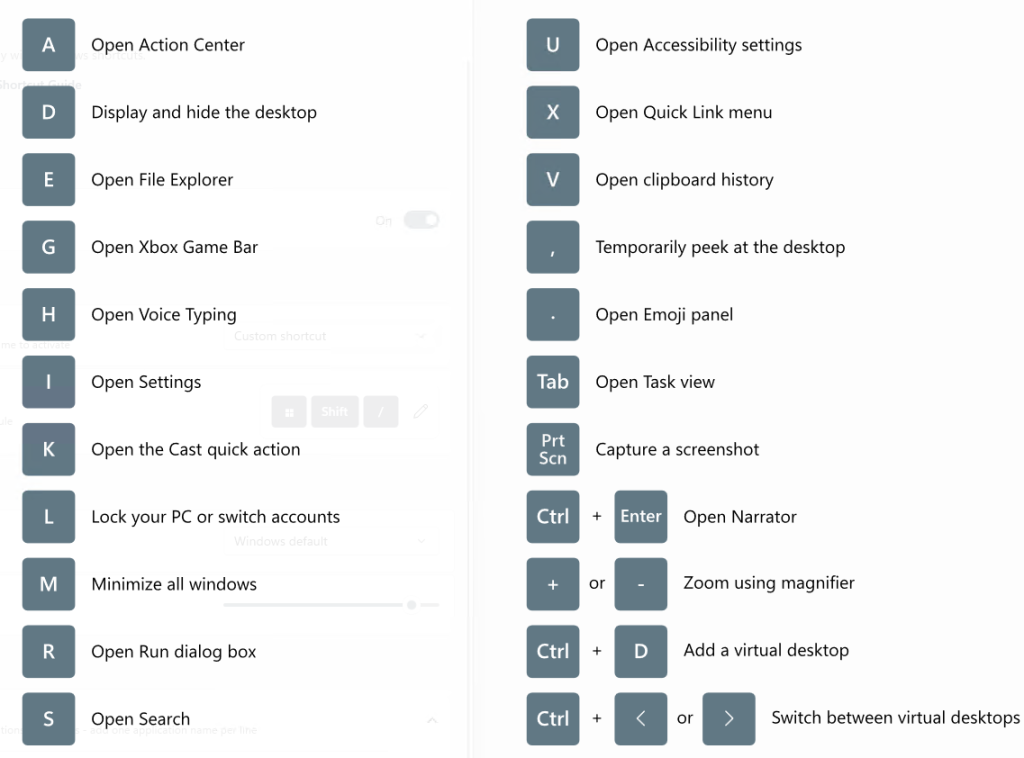
Figure 17: Combined with the Windows key, these are the basic Windows shortcuts, neatly laid out in Shortcut Guide.
Ed Tittel / Foundry
Text Extractor: Copies text from any portion of the Windows display, including inside images or videos. Microsoft recommends using the relatively new “Text actions” capability inside the Snipping Tool instead of this tool. Indeed, Text Extractor is disabled by default. But when enabled, it responds to the shortcut key combo Win key + Shift + T.
Once you define a rectangular region on screen, Text Extractor parses all text it finds into the clipboard. You can then paste that text into an editor or text input of your choice. I used it to grab the end of the Lenovo logo on my desktop, which you can see pasted into Notepad in Figure 18.

Figure 18: When I trace a rectangle around “novo” (white text on red background), Text Extractor pastes it into Notepad.
Ed Tittel / Foundry
Workspaces: A tool for grouping a set of applications together, with positioning control and unique configuration settings. The shortcut to launch this tool, if enabled, is Win key + Ctrl + ` (grave accent or backtick). Pressing that shortcut opens the Workspaces editor and lets you choose from predefined layouts (called Templates) or create your own unique layout (called Custom).
You can see a custom workspace in Figure 19, which shows Chrome at left, PowerToys above and Edge below in the center, and Copilot to the right.
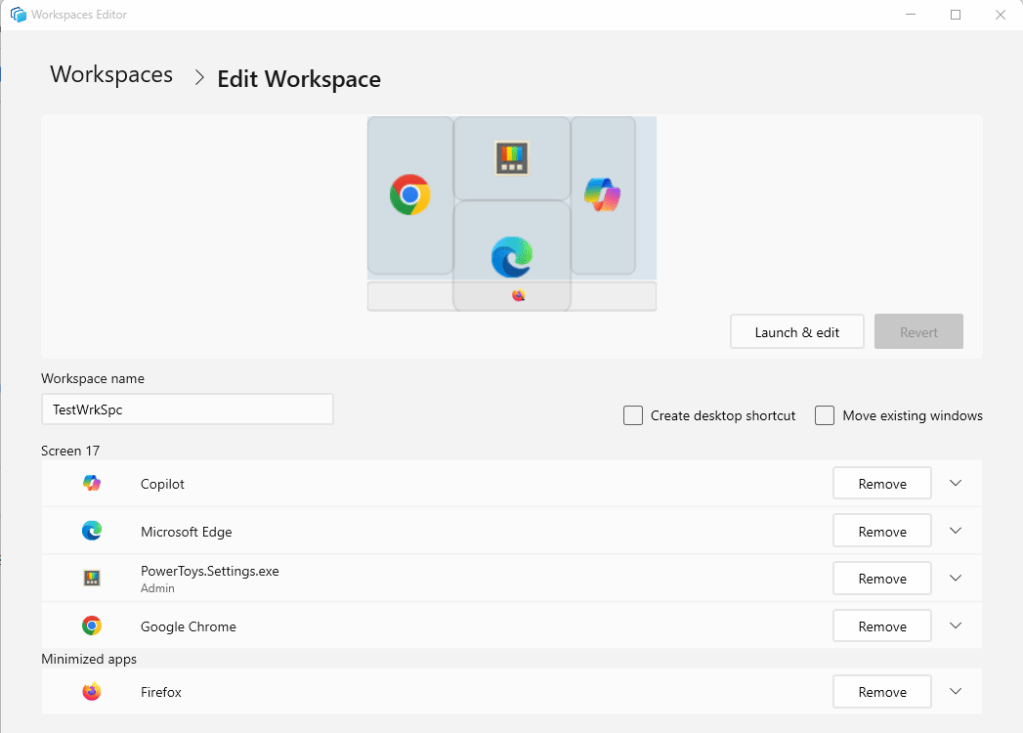
Figure 19: Workspaces makes it easy to set up and switch among common working scenarios.
Ed Tittel / Foundry
Workspaces is helpful when you run specific work scenarios and need groups of applications to make them fly. (See “The ultimate Windows app launcher” for more info.) Works on both single and multiple monitor setups.
ZoomIt: A longtime favorite among Sysinternals users, PowerToys has brought this nifty screen zoom, annotation, and recording tool under the PowerToys umbrella. It’s a great addition for those who’ve never used it; it’s even more convenient for longtime Sysinternals fans and users (like yours truly, who had the pleasure of writing for Winternals in Austin in the 1990s). The best way to dig into ZoomIt is to read the Microsoft Learn article “ZoomIt utility,” which includes an animated demo that shows you exactly how it works.
This concludes the overview of the current PowerToys lineup as of early February 2025. For more about working with PowerToys, see “10 PowerToys you should use on Windows.”
In the next section, you’ll learn a bit about what the PowerToys team is thinking about and working on, by way of possible new PowerToys.
What’s coming for PowerToys
If you visit the PowerToys roadmap, you’ll see information about what the Microsoft development team currently has in its sights. (Shortcut Guide v2 gets my vote.) But because PowerToys is an open-source effort and takes input from countless volunteers who contribute ideas and code, this doesn’t cover everything that might show up in the toybox.
Given those provisos and qualifications, here’s a short-ish list of what’s up with possible enhancements or new PowerToys:
- The in-house team is always working on the PowerToys installer and UI bits and pieces (including the taskbar icon, flyout menu, and more). Right now if you look back at Figure 1 you’ll see that the PowerToys that function as apps (e.g. Color Picker, Environment Variables, FancyZones, Hosts File Editor, PowerToys Run, Text Extractor, Registry Preview, Screen Ruler, Shortcut Guide, and Workspaces) all appear as icons on that flyout menu. As these items come and go, this lineup will change to match.
- Each new PowerToys release comes with release notes that include a “What’s New” section. This is a great way to find (and see) what kinds of things are popping up inside the toybox.
- PowerToys works well with the WinGet package manager and includes its own update button on the “General” pane in PowerToys Settings. It provides notifications when updates are ready and makes it easy to update. Personally, I tend to catch updates through WinGet because I run it on my Windows systems every other day.
- In online forums recently, PowerToys team lead Clint Rutkas has teased adding transcoding capabilities for audio and video files within the Advanced Paste PowerToy.
- Given that the Sysinternals tool ZoomIt is now integrated into PowerToys, one has to ponder the possibility that others in that collection may make their way into the toybox, too. Learn more about the outstanding Sysinternals tool set at its Microsoft home page.
Don’t you need some PowerToys?
As somebody who’s used some of these wonderful programs and extensions since the late 1990s, my own opinion on using PowerToys is an emphatic “Yes! May I have another?” But you’ll have to try them out for yourself and see how you like them if you’re not using them already. If you are, hopefully you’ve seen something new or intriguing here that you’ll want to try out. Enjoy!
This story was originally launched in October 2020 and updated in February 2025.
This story originally appeared on Computerworld

